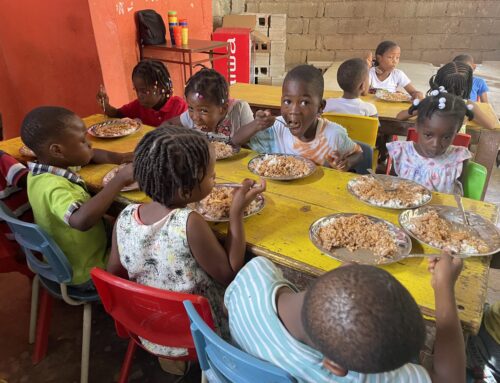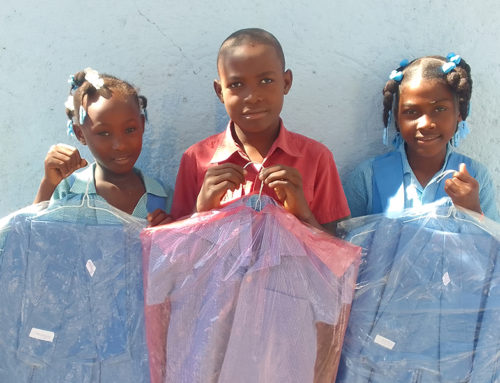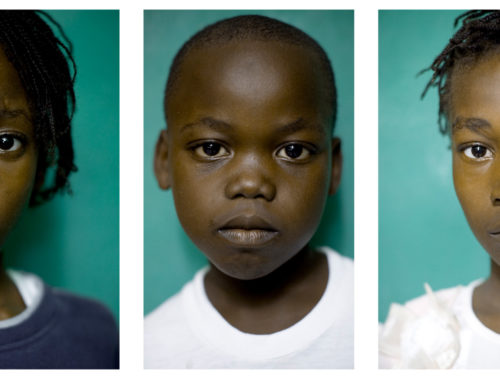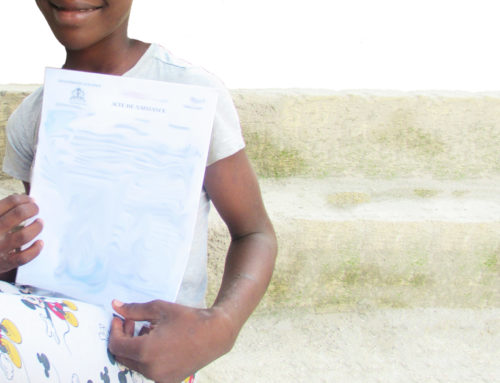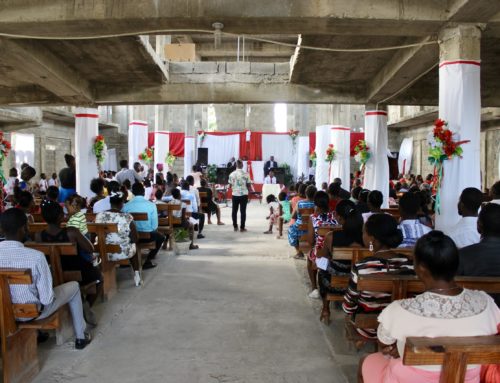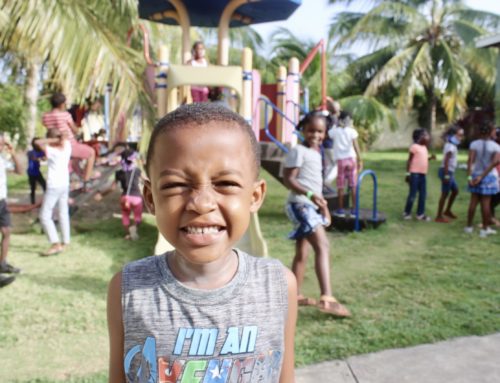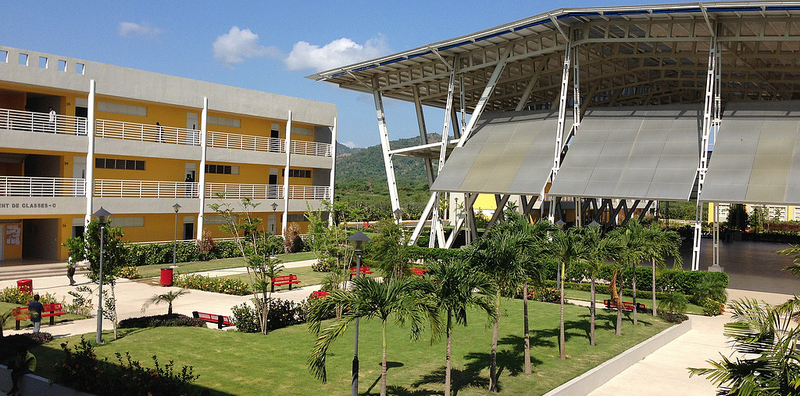
Schools systems across the world are all run differently. You might remember when we wrote about the ways that primary school systems in Haiti differ from those in the United States. Some of those differences include:
- Haitian schools are privately funded (meaning that families have to pay to send their children to school, and often cannot afford to).
- Location matters: most schools are located in cities, even though 50% of the population lives in rural areas.
- 75% of schools do not have electricity, and 59% have no running water.
But have you ever wondered what college and university opportunities exist in Haiti?
Prior to the 2010 earthquake, there were approximately 160 colleges and universities in Haiti. That may sound like a lot; however, over 60% of these schools were not recognized by the state. Most would be described as “private vocational schools with no libraries, no labs, and uncertified teachers.”
Of the colleges and universities recognized by the state, there are three that we might recognize as typical universities: Universite of Quisqueya, Universite Notre Dame d’Haiti, and Universite d’Etat d’Haiti (UEH).
Still, there are barriers to entry to each of these universities that make it extremely difficult – if not impossible – for many Haitian students to attend.
While they offer quality education, attending either Universite of Quisqueya or Universite Notre Dame d’Haiti is expensive. Quisqueya costs $2,000 a year – and in a country where 2 out of 3 people live on less than $2 a day, and 25% live on less than $1.25 a day, that’s almost impossible to afford.
And while UEH is a public institution, and costs only $15 a year to attend, it’s very difficult to get into: only 15% of students who take the entrance exam are accepted, and its dentistry school admits only 20 of the 800 applicants it sees each year.
UEH also suffered a significant blow in the 2010 earthquake, which destroyed most of the school’s buildings. Historically black colleges from the United States helped to rebuild some of the campus, and the Dominican Republic’s government also funded a new UEH campus in Limonade.
It’s important to know where Haiti’s education system has been (and where it’s going) because education is one of the most important tools to free children from poverty, and from restavek. Education – which should be a right of every child – brings freedom, opportunities, options, and hope.
At Restavek Freedom, we are dedicated to ending child slavery in Haiti. We have committed our work and our influence to 1) freeing children from isolation, exploitation, and abuse, 2) educating and engaging with families so children do not end up as slaves, and 3) transforming hearts through national outreach efforts that empower change. Founded in 2007, we have a strong Haitian-led team working throughout Haiti, with staff based in Port-au-Prince and Port Salut, as well as a small support staff in Cincinnati, Ohio. Donate now, sponsor a child, and join us today to play a part in ending child slavery in Haiti.


